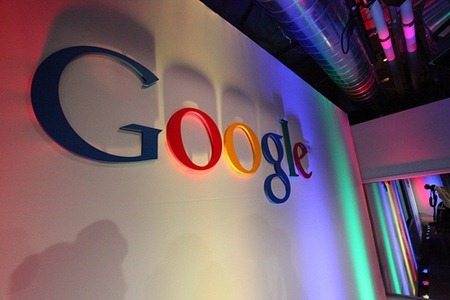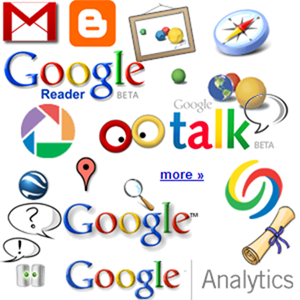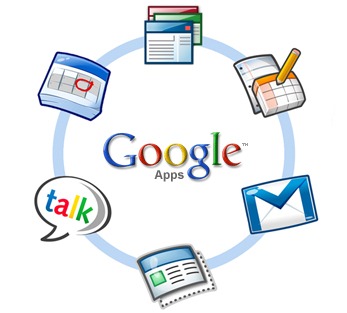#15MINPLN No. 5 Staking Out Your Corner of The Google Universe
Short version:
Get yourself signed up to a Google account for accessing several handy PLN-focused online tools and begin to set up your Google profile.
Image: Some rights reserved by Robert Scoble
Long version:
1) Have a Google account ready for your PLN.
The first step here is to create a Google Account. This gives access to several powerful online tools hosted by Google that can really complement your growing PLN.
A first significant advantage, in my mind, is the ability to set up a dedicated Gmail (Google email) address. A bonus here is that Gmail is itself full of useful features which you will soon discover. The email account could be your main email for your PLN – this might be separate to any existing email account you have for other purposes (Gmail or otherwise) – this will be your choice. The name associated with the email, and the email address itself, will need some consideration given your answers to step 3 in this series.
Note that, this is not an essential step in staking out your PLN. There are many successful PLNs belonging to educators who do not subscribe to Google tools. In fact, some do this consciously as there is some concern at how this giant stakeholder deals in, and stores, our information as its prime currency. However, tapping into the power of Google’s online tools does carry huge advantages for educators, some of which are hinted at below. Note, too that I will on occasions assume a Google account in the rest of this series, so those who choose not to take this step will need to bear in mind the need for alternative online software (of which there is always something available but I won’t explicitly refer to these).
Image: Solid Blogger
Here are a few of the useful Google-based tools which you might start tapping into as you develop your PLN.
1) Google reader – this is a rss aggregator (more on this in the next post on this series) which basically allows you to harvest updates from many of the blogs and websites you wish to follow in one place.
2) Access to a youtube account for your online video content.
3) Access to a blogger account, for easy blogging.
4) Use of Google Docs / Apps which comprise of an online word processor, spread sheet editor and presentation designer. All of these can be easily shared in a variety of ways that could be useful feature when building your PLN.
Image: http://www.google.com/events/smallbus_apps/
5) Picasa web albums – online photo storage which marries well with Picasa, a free and excellent piece of photo management software.
Socratech Seminars has an interesting compilation of reasons why Google tools are useful to educators with both an emphasis on PLN and use with students. The author, Howard Chan, asked members of his own PLN via twitter why they use Google Apps. Why my PLN uses Google Apps?
Action: Create a Google account here: https://www.google.com/accounts/NewAccount
2) Develop Your Google Profile
In many (but not all) parts of the world, Google is main portal to the Internet. When people want to find out more about you as your PLN grows, it makes sense that you control to an extent how they arrive at your professional learning network through this most obvious of gateways.
Having a Google account allows you fill out details on your Google Profile which can be searchable and a good way of centralising information about yourself that will be accessed by others via the Google search engine. It also allows you to link to other useful social networking sites which you may also start using, such as Twitter and Flickr. Google gives further details on Google profiles here.
http://www.google.com/profiles
Fill out as many details as you want, bearing in mind the points raised in #15MINPLN No.3 that you may allow this to be part of public searches.
A possible third step – tapping into Google Buzz
Following this, you could start making use of a feature called Google Buzz, a form of social networking, which can update with your usage of the various Google tools and keep you updated with developments by others who also use this. However, there are possible reservations here. Foremost, in some ways it can be viewed as competition with tools I will advocate later in this series (such as Twitter) which are widely used by PLN-focused educators so using it might complicate the early stages of your PLN development. Secondly, there currently (at the time of writing) exist some interesting privacy concerns. You can read more about it on Wikipedia here.
Next in the #15MINPLN series – priming the pump using an rss reader
| Print article | This entry was posted by James Penstone on November 17, 2010 at 11:48 pm, and is filed under Computers. Follow any responses to this post through RSS 2.0. You can leave a response or trackback from your own site. |








